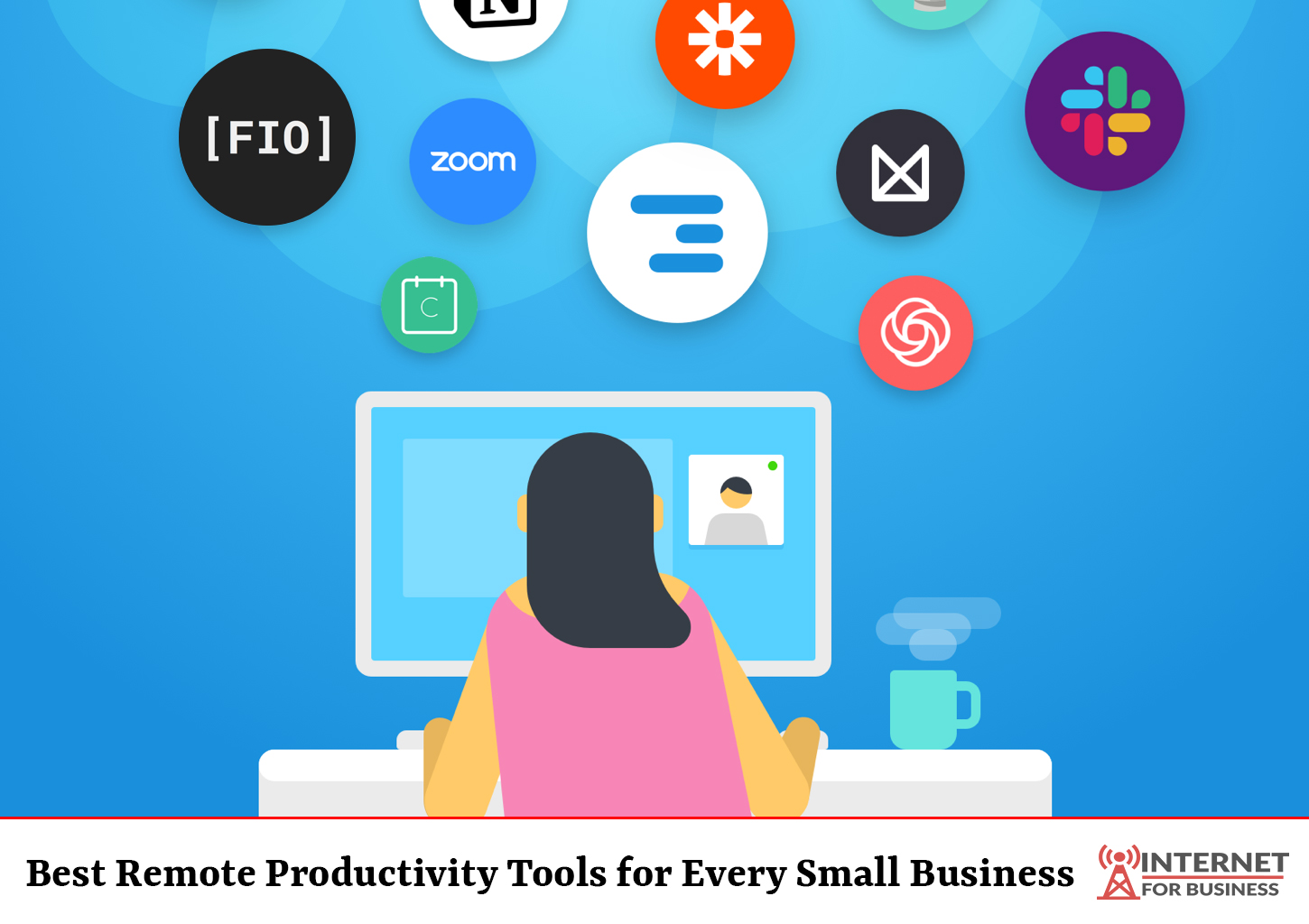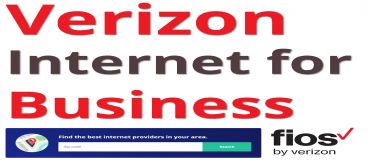Best Remote Productivity Tools for Every Small Business

Today's world is a remote world. Your workers not only want but also plan, to work outside the workplace on occasion. People should not expect to spend their days in a cubicle. They are on the move. They're out on the road, meeting with clients and vendors. They work on a part-time basis. They've signed a deal. They're in your neighborhood. They can be found all over the world.
Since it's now part of their work, they're sending emails, responding to texts, taking calls, and following up on tasks wherever they are. The owners and managers of today's growing and successful businesses realize this, and they invest in the right technology to help their employees be efficient and profitable whether they're in the office or not.
What kind of technology are we talking about? Here are worth checking out.
Human Resource Management
Human resources software is exploding in popularity, and it's transforming the way companies handle their staff, both on-site and remotely. These apps are downloaded to workers' mobile devices when they nature, allowing them to check previous payroll records, enter contact information, request breaks, alert when they're sick, check insurance status, and even work on performance reviews with their superiors. When used correctly, a company's internal HR administrator is freed up to do more planning and strategy, and remote employees have easier access to information.
Recommended Tools: Paychex, Gusto, and BambooHR
Collaboration
Over the last few years, today's "office" structures have completely changed. You can also do word processing and spreadsheets, for example. However, the term "office," particularly when applied to applications, has now been extended to include employees who work in your building as well as those who work remotely. Within shared files and groups, these applications allow teams of your employees to message, share data, record videos and gather documents, store web links, and access databases. The collaboration apps are, of course, mobile-friendly and provide workflows and automation to help users complete tasks more quickly and stay on track with deadlines and deliverables.
Recommended Tools: Microsoft Office 365, Google G-Suite, Box.

Financial Technology
Users can now access a company's financial system when on the go thanks to the cloud. That means they'll be able to make quotes, look up orders, complete estimates, log their time, track expenses, and determine if a customer has paid before the next meeting. Fintech applications that are easy to use and use are the best. They're adaptable, with security that restricts data entry and retrieval based on an employee's access privileges. They give your workers the opportunity to get rid of paper and get stuff done quicker and more accurately if they are used correctly.
Recommended Tools: Freshbooks, Xero, and Expensify.
Customer Relationship Management (CRM)
Sorry, but waiting for customers to come to you is no longer appropriate. Customer relationship management (CRM) systems are used by remote workers at today's rising companies to cultivate and improve their communities. A CRM framework is nothing more than a cloud-based database that everyone can access from anywhere. A good CRM system, when implemented correctly, will ensure that nothing slips through the cracks and that all information – notes, emails, and activities – is exchanged among the employees and remote staff. Another advantage is that a good database adds intangible value to a business.
If you have remote employees, make sure your organization has a CRM database that keeps track of anyone who has "touched" your company so you can keep "touching" them back, creating relationships, and improving opportunities.
Recommended Tools: Salesforce, Zoho, and Microsoft Dynamics
Communication
Gone are the days when communication systems needed costly in-house servers, bulky headphones, and a receptionist to take your calls. Businesses that use remote workers today use communication systems that are simple to set up and use. In addition to IP-based phones, today's cutting-edge networking systems include mobile applications, enabling workers to use their smartphones as business phones.
The most successful systems are plug-and-play and controlled online. They support both inbound and outbound calls, enable customers to create their own phone numbers, and provide virtual receptionist capability, which allows users to create their own message boxes, customize messages, and trigger a dial-by-name directory.
Recommended Tools: Zoom, Slack, and Asana
Every organization has employees who work from home. It's just that certain companies struggle to invest in the necessary technology to successfully handle them. Invest in all of the technologies mentioned above. The productivity gains you'll realize in the long run will far outweigh their cost.
Related Posts
Wed, Apr 22, 2020 11:34 PM
Find Verizon Internet for Business Near You!
Verizon provides Internet for business in more than 40 states in the US, speeds are limited to 15 Mbps, and many businesses will need more juice. If you're in the Northeast, you can enjoy high-speed Internet via Verizon's FiOS. This is ideal for businesses that need high speeds, such as restaurants, hotels, medical facilities, hospitals, schools, and other businesses.
Thu, Apr 23, 2020 12:00 AM
5 Best Small Business Internet Service Providers (2021)
The following Internet Service Providers are not listed in any particular order, but we have ranked these five companies as worthwhile due to some key factors such as speed, reliability, cost, and overall customer satisfaction.
Mon, Apr 20, 2020 11:13 PM
Business Internet Guides for Entrepreneurs
Small businesses need to grow, but how big should your business become before you buy it online? Whether you started out as a sideshow or a brick-and-mortar business, successful small businesses are finding it increasingly difficult to decide when to shell out money for an Internet business.
Thu, Apr 23, 2020 11:52 PM
Why Business Internet is More Expensive Than Residential Internet
This question is asked so often today that it seems worth explaining, but here are 5 reasons why business Internet is more expensive than Residential Internet packages.
Fri, Apr 24, 2020 5:17 AM
Comcast Internet For Business: Internet, Phone, TV, and Other Solutions for your Business.
Comcast Business is US largest cable provider for small and medium-sized businesses and has become a force in the market, recognized by leading industry over the past two years as one of the fastest-growing providers of high-speed broadband to business customers




